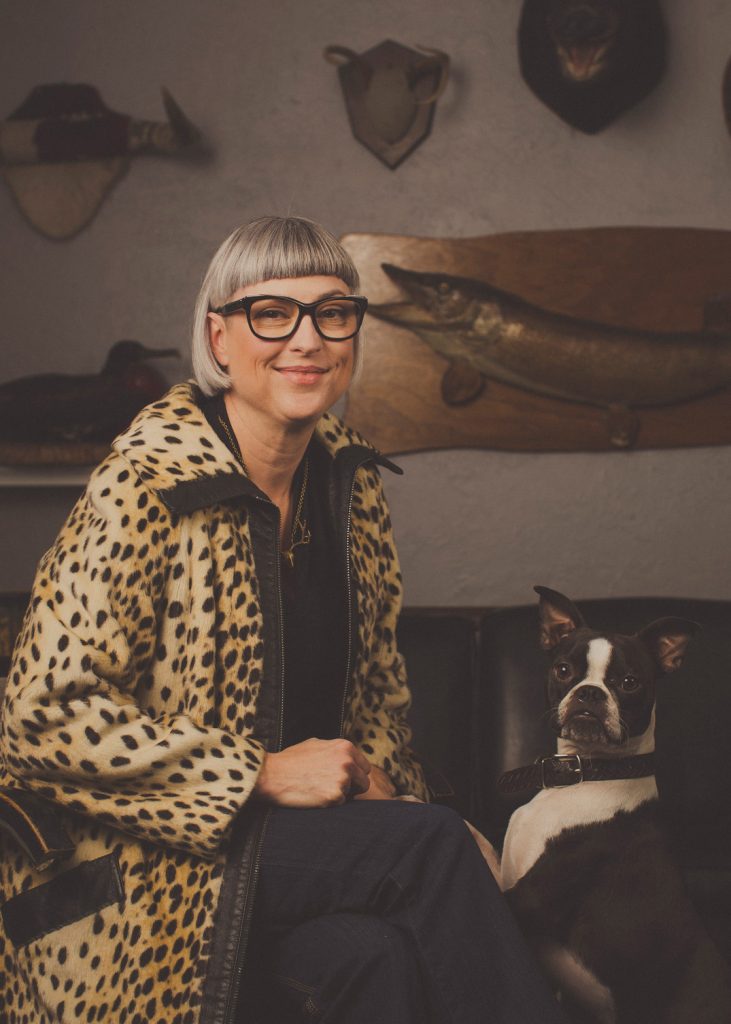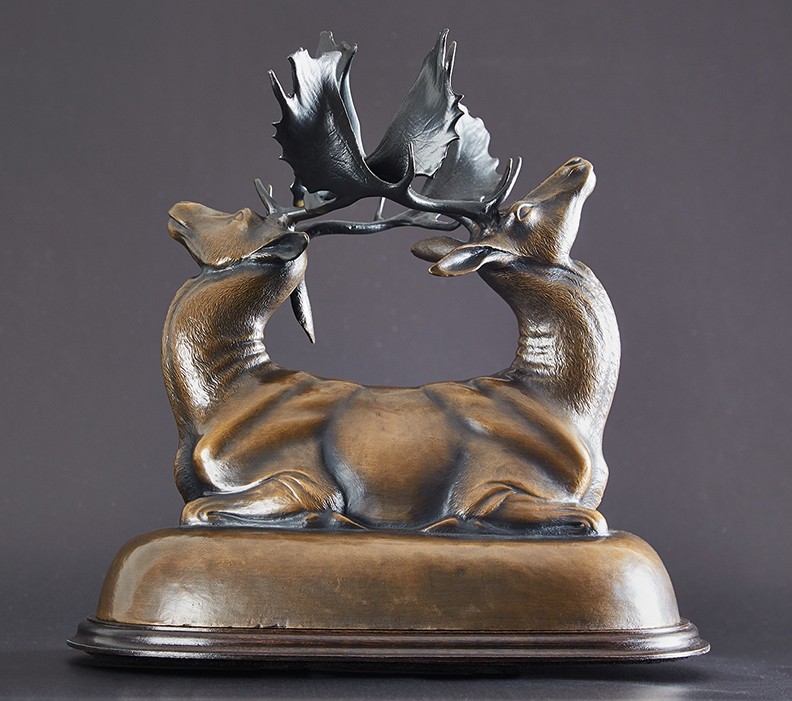Bio
Larassa Kabel is an interdisciplinary artist whose main practice centers around drawing and painting but also includes sculpture, printmaking, and performance. Born in Michigan, she currently resides in Des Moines, Iowa, and the symbolism in her work rises up from the flora and fauna that made up the landscape of her Midwest childhood. Key themes in her work are love, loss, and mortality, and she identifies herself as a contemporary momento mori artist.
Larassa received her BFA with honors from Iowa State University in 1992 with a concentration in fibers. After graduation, she worked as a freelance graphic designer, birth photographer, and art instructor before dedicating herself to a full-time art career in 2004. She supports the arts community of Iowa through her work as an independent curator, studio visits, and mentorship. She co-founded the arts organization Chicken Tractor and helped create the annual Micro Grant Dinner to connect community arts donors to local artists.
Larassa has received several grants and was an Iowa Arts Council Fellow. Her work has been exhibited in New York, Chicago, Houston, and the Midwest and is in the permanent collection of several corporate collections as well as the Des Moines Art Center. It has been used in several publications including a feature article in Juxtapoz Magazine and the cover of Jennifer Knox’s Crushing It published by Copper Canyon. Her painting Bo in the Snow graced the 2012 White House Christmas card and allowed her to meet the Obamas at one of the Christmas parties. She was the inaugural recipient of the William Hurd Innovator in the Arts award and has been recognized as an alum of distinction from her alma mater.
Artist Statement
As a contemporary momento mori artist, I create art to remind myself and others that we are all going to die. Me. You. Everyone you care about. This seems obvious, and yet the fear of death, which haunts the human race like nothing else, inspires us to go to great lengths to pretend it isn’t true. We all use intricate compartmentalization, determined distraction, and heroic ego building to deflect our dread of non-existence. I find this fascinating. The greater the discomfort, the more complex and rich the subject, and the more I want to probe that uncomfortable spot.
Because people usually prefer to pretend death doesn’t involve them, I use a combination of beauty, mystery, and high levels of craft to lure them into a conversation between my art and their mortality. My work is slow and labor intensive, and I regard it as a form of meditation practice. I draw life-sized doomed horses dropping from great heights. I photograph myself tenderly touching the animal dead. I sculpt two-headed stags to show the conjoined twins Love and Loss and draw the eyes of dear ones that appear and disappear like magic, like ghosts. I have drawn dead fawns to explore the vulnerability of parenthood, and I painted my son as a drowned boy because I needed to understand the worst of what love has to offer. All of these works have brought me incredibly fulfilling and life-affirming engagements with strangers and friends. There is a deep thirst for conversations that are Real, and the purpose of momento mori is to be the catalyst for those conversations. This is how we remember our connection to each other and the world writ large. How bittersweet that life means more because it ends. We fear death. And we need death.

